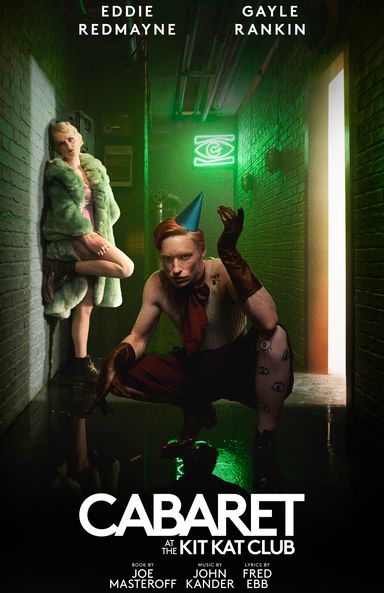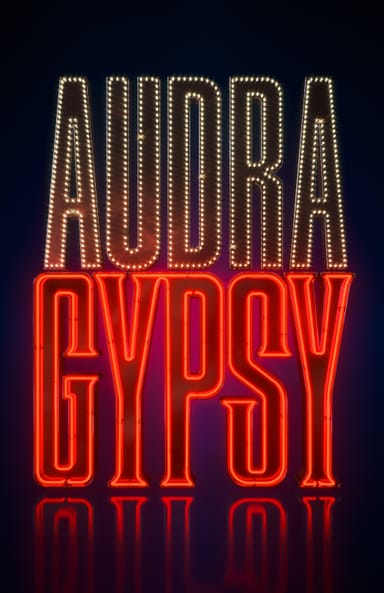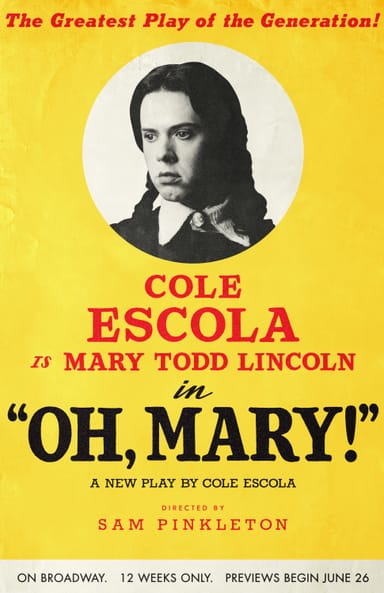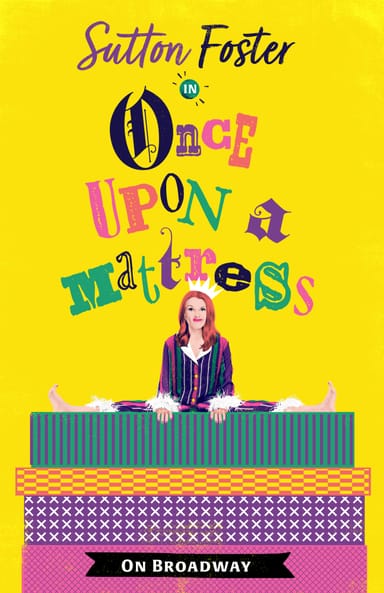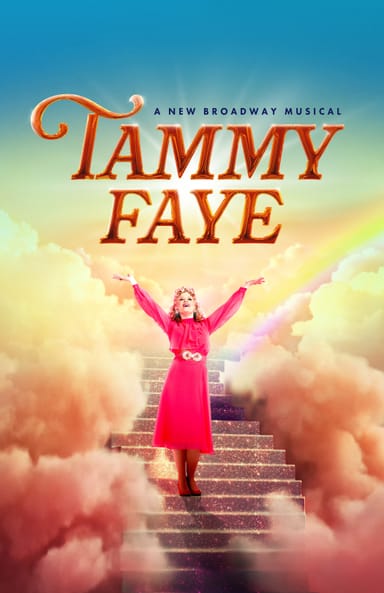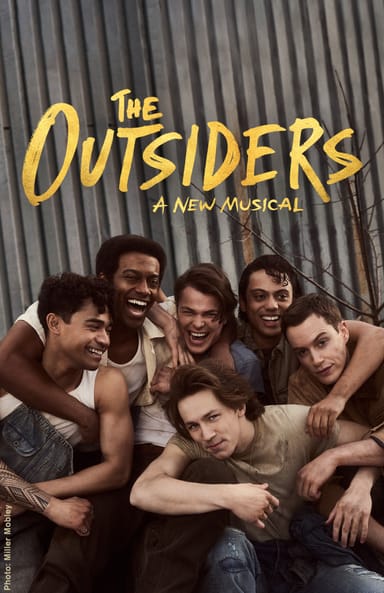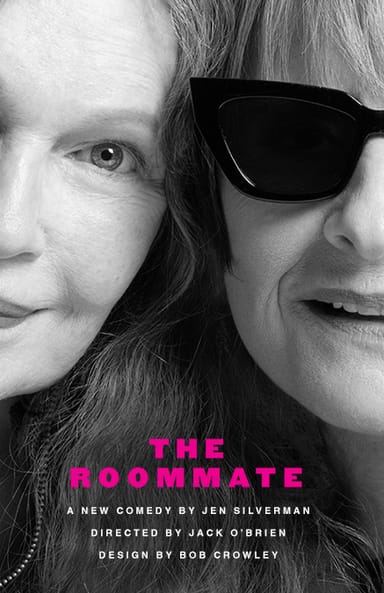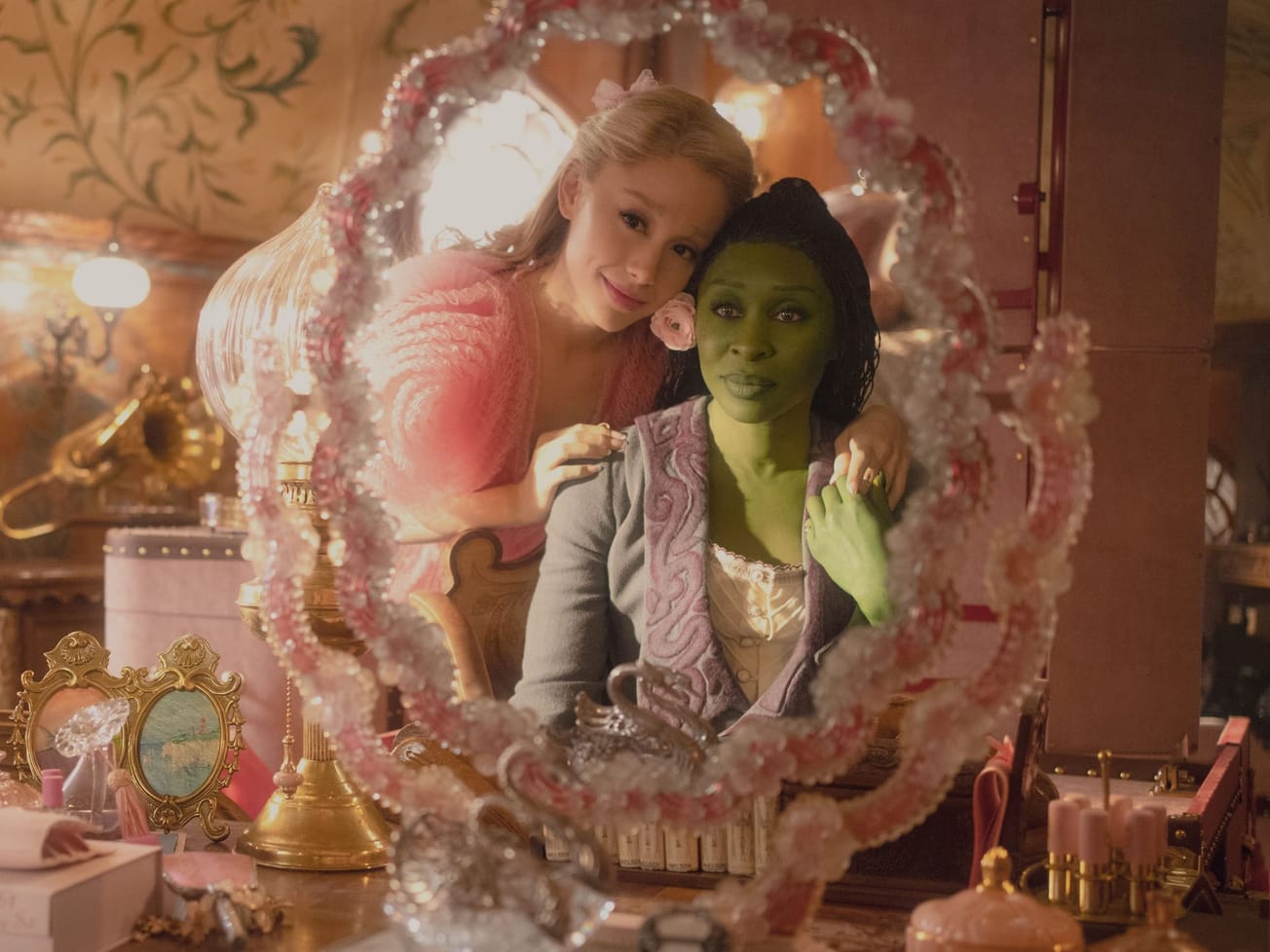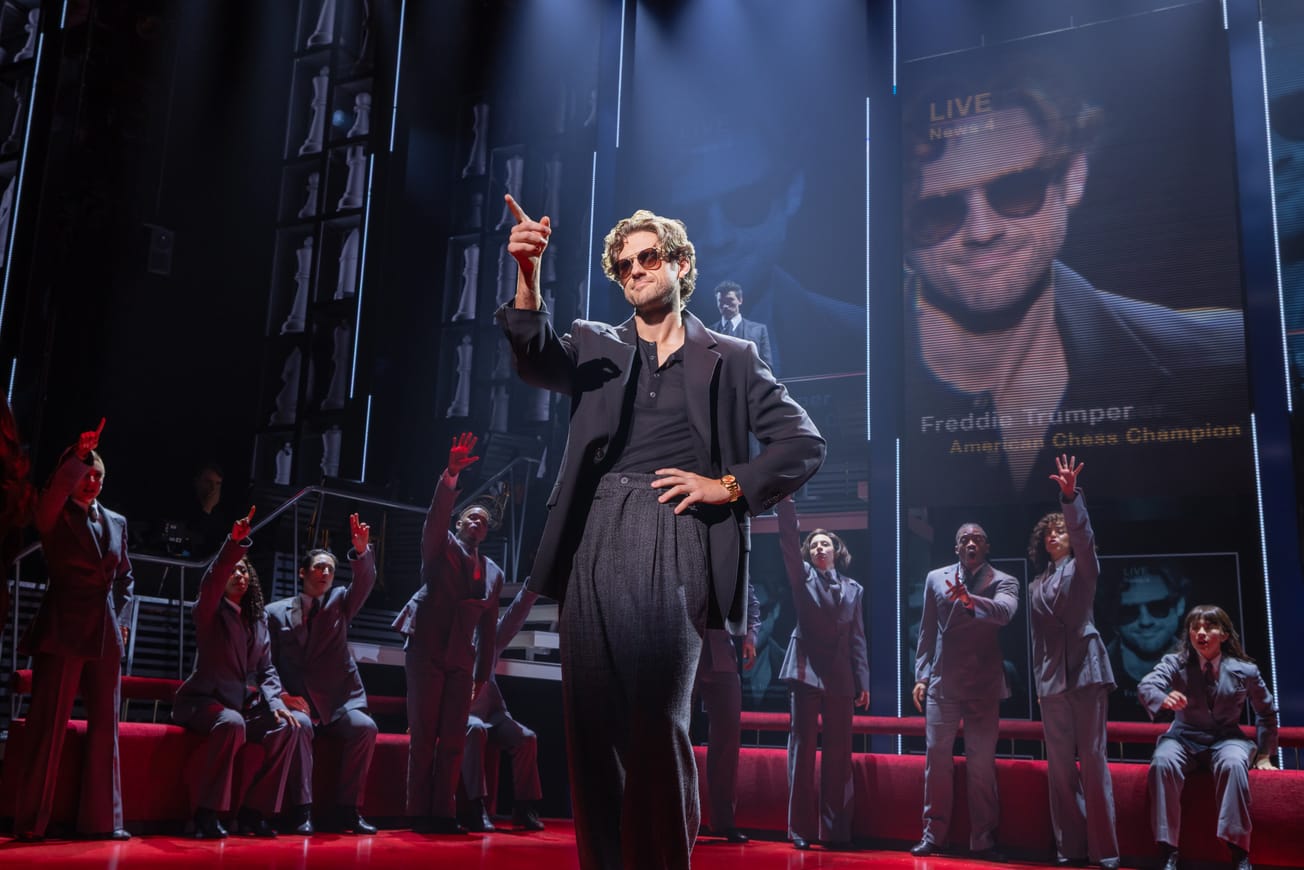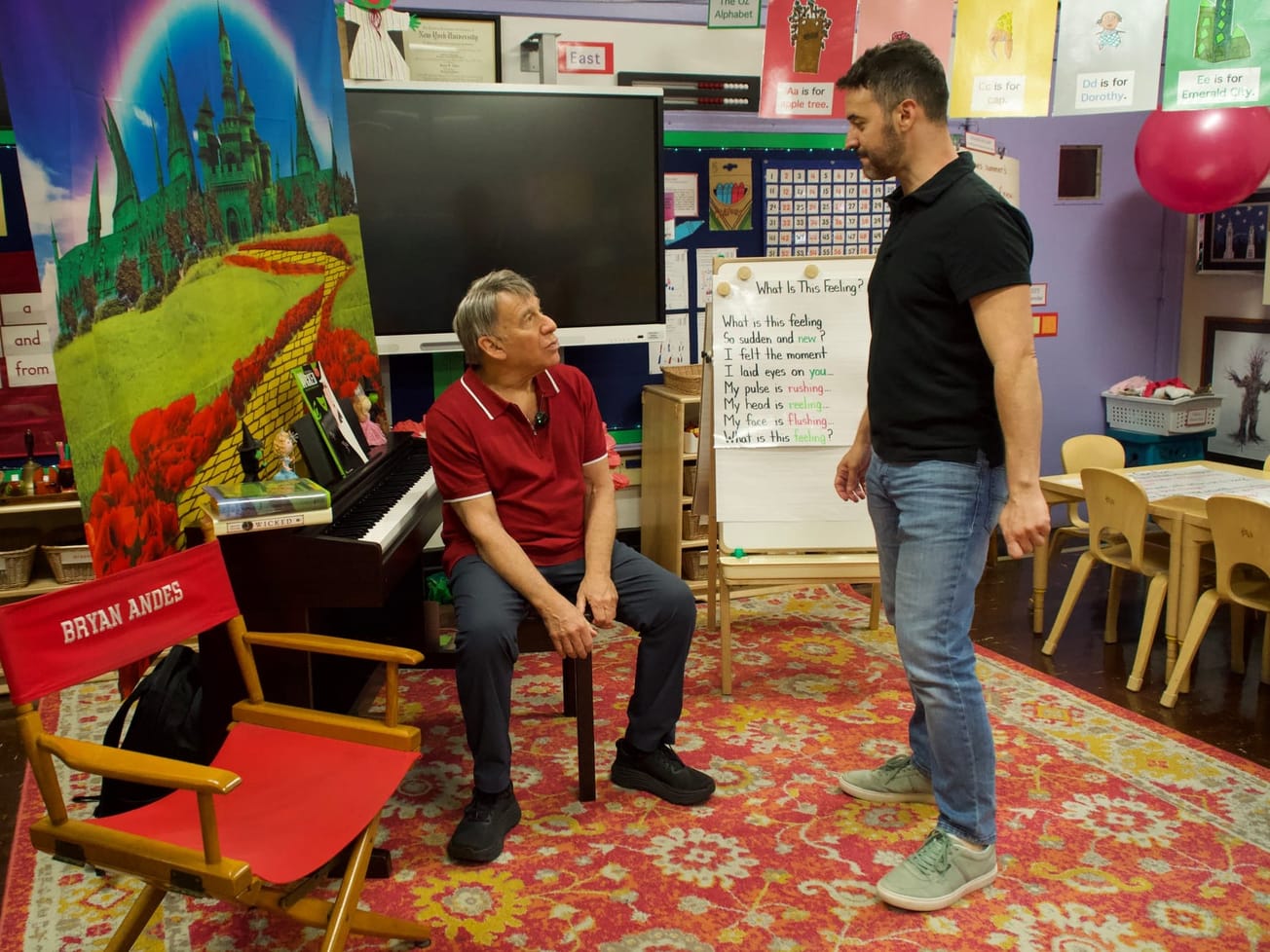Works of literature have long served as inspiration for Broadway musicals. From enduring classics like 1951’s “The King and I” and 1987’s “Les Misérables” to more recent offerings like 2024’s “The Notebook” and “The Outsiders,” the characters and worlds of these shows all originated as a book. While these titles are examples of one novel spawning one stage adaptation, Gaston Leroux’s gothic horror novel “The Phantom of the Opera” has inspired multiple stage versions. Though the most prominent theatrical adaptation is Andrew Lloyd Webber’s, multiple musical teams have adapted the story of the phantom and his muse. What is the production history of these iterations, and how do they differ?
Gaston Leroux’s original novel (1910)
“The Phantom of the Opera” was originally released piecemeal in 1909 as a short-fiction series in the French newspaper Le Galouis and then published in full in 1910. The novella was a slight departure from the detective fiction for which Leroux was known. While “The Phantom of the Opera” certainly involves mystery, the book leans heavily into the gothic horror genre that was increasingly popular at the turn of the century.
The story begins in 1880s Paris at a gala performance for the retiring managers of the Palais Garnier opera house. The “opera ghost,” long rumored to be haunting the venue, is spotted, and a stagehand is found hanged. That evening, early-career soprano Christine Daaé performs in place of Carlotta, who is coincidentally ill, to much acclaim. In the audience, Raoul, Vicomte de Chagny, recognizes Christine as his childhood friend and remembers his love for her. Christine’s focus, however, lies in singing for her “Angel of Music,” the mysterious figure who has been evoking her vocal prowess.
The opera ghost and Christine’s angel are one and the same, a man named Erik, who was born with a facial difference. After years of being exploited at carnivals and circuses, Erik found work in construction, eventually helping to build the opera house under which he now lives.
Erik’s love for and obsession with Christine and her voice (shown, for example, in his demands that Christine take the lead in the opera “Faust” instead of Carlotta) are in opposition with Raoul’s affections, resulting in a slew of underground- and cemetery-set face-offs and deaths.
Ken Hill’s “Phantom of the Opera” (1976)
“The Phantom of the Opera,” featuring a book and lyrics by Ken Hill and music by Ian Armit, debuted on July 26, 1976, in England. Commissioned by Duke’s Playhouse Company, the John Blakemore-directed musical played at the pavilion at Central Pier in Morecambe, an English seaside town in Lancashire. While remaining relatively faithful to the original novel’s plot, this production was a comical adaptation, focusing on the farcical, backstage elements of the story. The production featured Charles Haggith as the Phantom, Fidelma O’Dowda as Christine and John Hartoch as Raoul.






